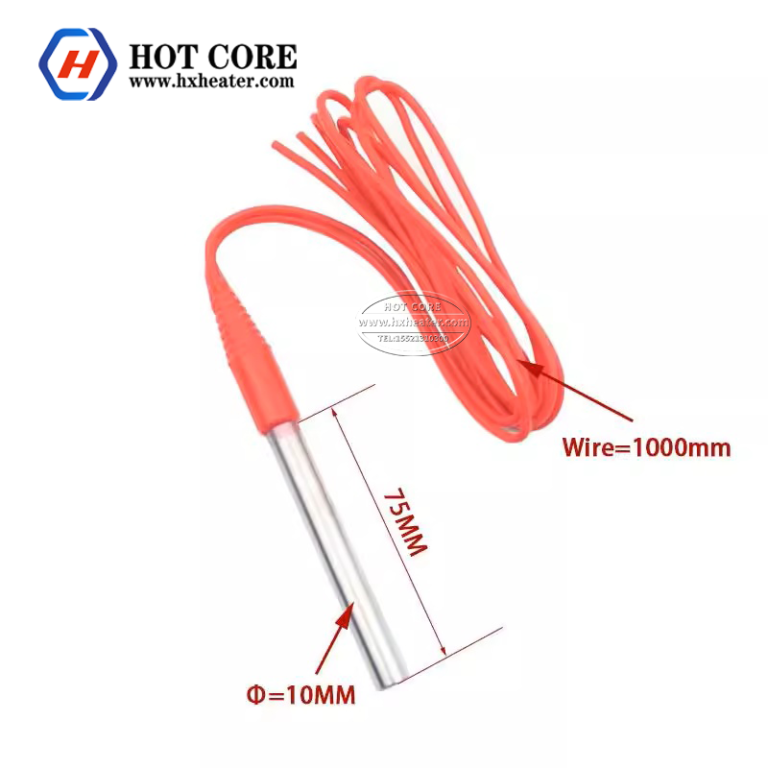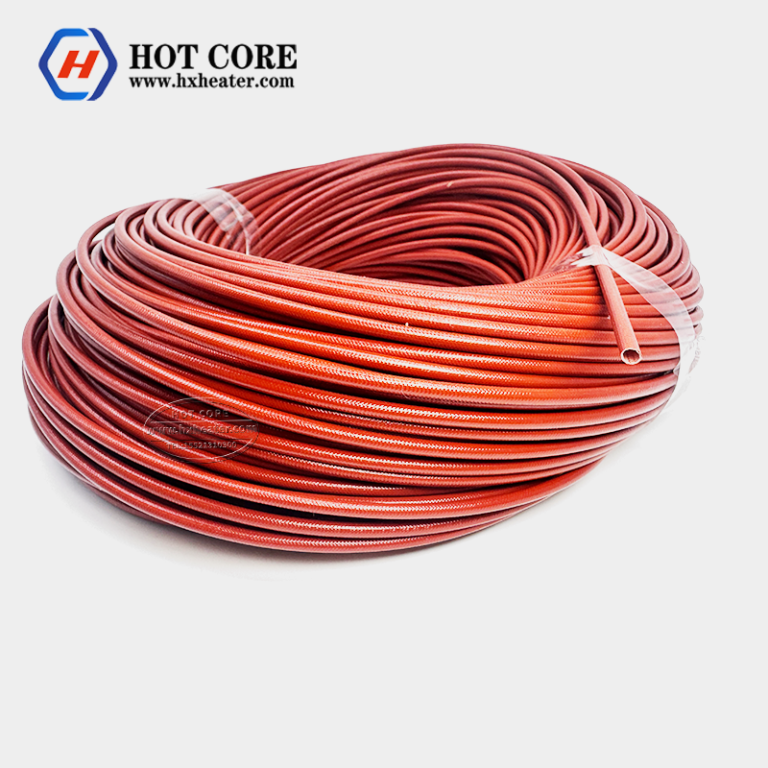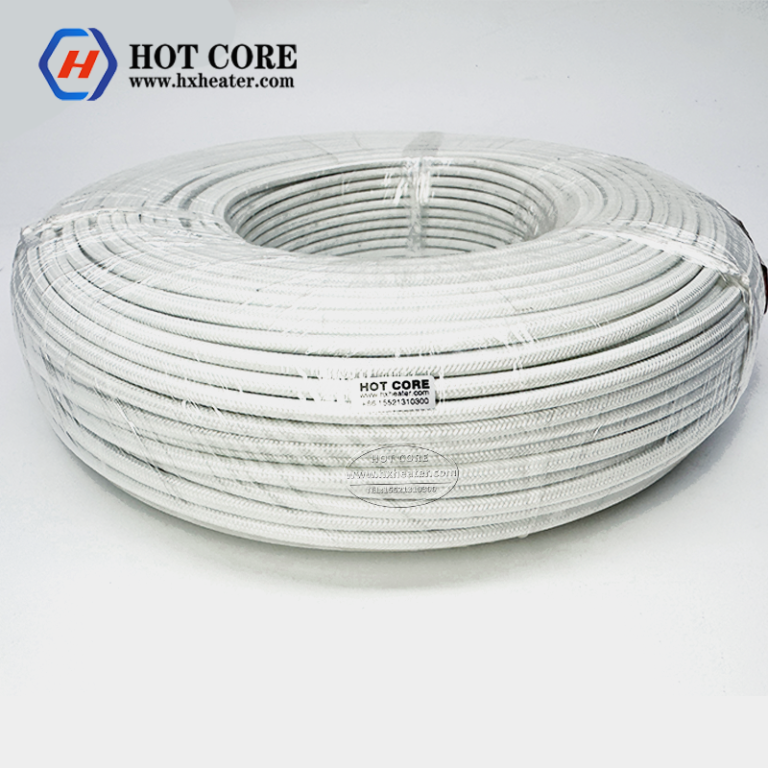Elemento di riscaldamento industriale in acciaio inossidabile Elemento tubolare di immersione elettrica riscaldamento
Specializing in the production of various types of precision tubular heater for vacuum plating, nichelatura, placcatura in oro, placcatura in argento, cromatura e altre apparecchiature per la placcatura sotto vuoto. Il riscaldatore tubolare galvanico sotto vuoto ha varie forme, resistenza alle alte temperature, resistenza all'usura, lunga durata, alta efficienza di conduzione, e il guscio è realizzato in tubo senza saldatura ad alte prestazioni, che è ampiamente utilizzato nell'industria del vuoto.
Descrizione dei prodotti
I riscaldatori tubolari sono prodotti utilizzando Incoloy, materiali della guaina in acciaio inossidabile o rame ed è inoltre disponibile un'enorme varietà di stili di terminazione. Insulation of Magnesium offers greater heat transfer.Industrial tubular heating elements are highly adaptable to most applications where electrical heating is required. They can be used in their straight form or bent into various shapes.
| Nome | Riscaldatore a flangia tubolare con ebollizione ad immersione in acqua |
| Intensità del calore | Non superiore a 30 W/cm2 (consigliabile) |
| Energia | Dipende dalla dimensione |
| Isolamento (quando fa freddo) | 5 Min Ohm 500 Watt minimi |
| Tolleranza al potere (w) | 5 % – 10 % |
| Temperatura di lavoro | 750ºCmassimo. |
| Certificazione | ISO9001, CE |
| Data di consegna | 7-15 giorni lavorativi dopo il pagamento |
| Garanzia | 1 year |
The sheath material type of a tubular heater depends on the operating temperature and the corrosivity of the medium within which the heater will operate. The watt density distribution on the surface of a tubular heater is critical for two reasons. First it determines the temperature that a heating element sheath will attain within the conditions that the heater is subjected to. The second reason is that every material has a specific maximum watt density that it can tolerate during its heating cycle.


The MgO insulation used in tubular heating elements is compacted by reducing the element diameter in a roll reducing mill. The elements are then annealed in a controlled atmosphere furnace to relieve the metal stressing (work hardening) that takes place during the rolling to size reduction of the sheath. Annealing brings the metal back to a soft state, allowing the element to be bent into virtually any configuration. Tuttavia, since forming also work hardens the metal, some precautions must be observed in order to prevent the sheath from breaking during bending or developing stress cracking marks.
| 1.Offriamo modelli standard e personalizzati |
| 2.Offriamo diversi diametri di tubo come 6 mm, 8 mm, 11 mm, 12.5mm, 16mm & 18mm |
| 3.Offriamo diversi materiali di guaina. Può essere utilizzato in diversi materiali come Incoloy 800, SS 304, SS 321, SS 316, Rame & Titanio |
| 4.Offriamo varie forme come richiesta del cliente:resistenza ad immersione con flangia o vite, riscaldatore antideflagrante |
| 5.Sono disponibili varie opzioni di terminale |
| 6.Sono disponibili varie forme e dimensioni |
| 7.Durevole e ha una vita più lunga |

sual Applications:
1. Forced air heating
2. Thermal forming machines
3. Direct immersion in liquids
4. Comfort radiant heaters
5. Welded, brazed or clamped to tanks and pipes
6. Combination radiant and convection heater for oven and dryers

Accetta lo sviluppo personalizzato, Quando si richiede si prega di specificare
(1). Tipo di riscaldatore
(2). Potenza e tensione
(3). SÌ & lunghezza del riscaldatore
(4). Drawing or Sample required for special configuration

Hot Tag: stainless steel industrial oil heating element tubular electric water immersion heater manufacturers, fornitori,











